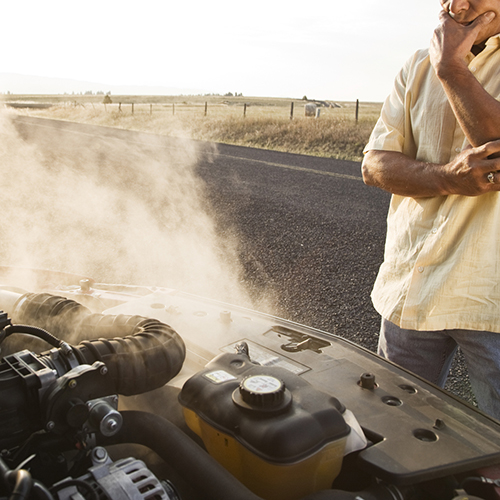Is Your Car Safe to Drive? Check for Recalls

Vehicle Safety Recall Awareness Week starts on March 2, 2020. If you haven't brought your vehicle to your local dealer after receiving a recall notice, you could be risking you and your passengers' safety. Use this week to learn more about vehicle recalls and check whether your car has a recall.
What is a car recall?
Manufacturers issue a recall of a vehicle if they or the National Highway Traffic Safety Administration (NHTSA) identify a safety risk in a vehicle, equipment, car seat, or tire. Recalls usually seek to repair, replace, or refund equipment that fails to meet safety standards, at no cost to you. Rarely, manufacturers may require consumers to repurchase the recalled product.
If the manufacturer issues a recall for your vehicle, the manufacturer must notify you, the NHTSA, dealers, and distributors.
Some examples of safety defects that may lead to a recall include:
-
Easily breakable steering components, accelerators, wheels, fan blades, windshield wipers, seats, or critical vehicle components
-
Faulty or poorly protected fuel system components
-
Faulty wiring systems
-
Faulty air bags
-
Faulty car ramps or jacks
-
Car seats and booster seats with defective parts
How to check if your car has a recall
Manufacturers may notify you of recalls based on your car's state registration.
To check your car's recall status yourself, you'll need its vehicle identification number (VIN). You can find your car's VIN on the registration card, on the driver's side door jamb, or on the bottom, driver's side corner of your windshield. It may also be on your auto insurance ID card.
Once you have your vehicle’s VIN, visit nhtsa.gov/recalls and enter the information to see if your car has been subject to a recall. If your vehicle has any unrepaired recalls, the details of the recall, safety risk, and remedy will display. It may also include instructions on how to have the issue repaired.
What to do after receiving a recall notice
The recall letter you receive from the manufacturer will provide details about what specific steps to follow. Usually, the letter will ask you to bring the car to a dealership, to fix the issue at no cost to you. If the dealer doesn't cooperate, you can reach out to the manufacturer or the NHTSA for assistance.
What if you have a used car?
In most states, used car dealers or private sellers aren't required to inform you about recalls for vehicles they're selling. They also don't have to help you get the repairs needed to resolve the safety issues. So what should you do in these situations?
First, ask the seller to have any recalls addressed. It shouldn't cost them anything, and it can give you the comfort that the car is safe for operation.
If you already own the car, bring it to a sponsored dealership of the manufacturer. Even if you didn't buy it directly from them, they may apply the repairs anyway to encourage brand loyalty.
How long do recalls last?
It depends. You may have received notice of a recall with instructions to wait for further details before taking your car in for repairs. When you look up your car's VIN, the status might say, "Recall incomplete, remedy not yet available."
When a recall affects a large amount of vehicles, manufacturers may stagger the repairs based on risk. The manufacturer will notify you when the necessary parts become available for your vehicle.
NHTSA only reserves information on vehicle recalls for the past 15 calendar years.
When it comes to on-the-road risks, there are some things you can’t control. Unresolved safety defects don’t have to be among them. Ensure your car is safe to operate by checking its recall status and bringing it in for repairs when necessary.
NJM has been committed to safety for over a century. With NJM Auto Insurance, you receive among the best customer service in the country. When you bundle your auto and homeowners policies, you can save on your insurance premium. Get a quote today.



